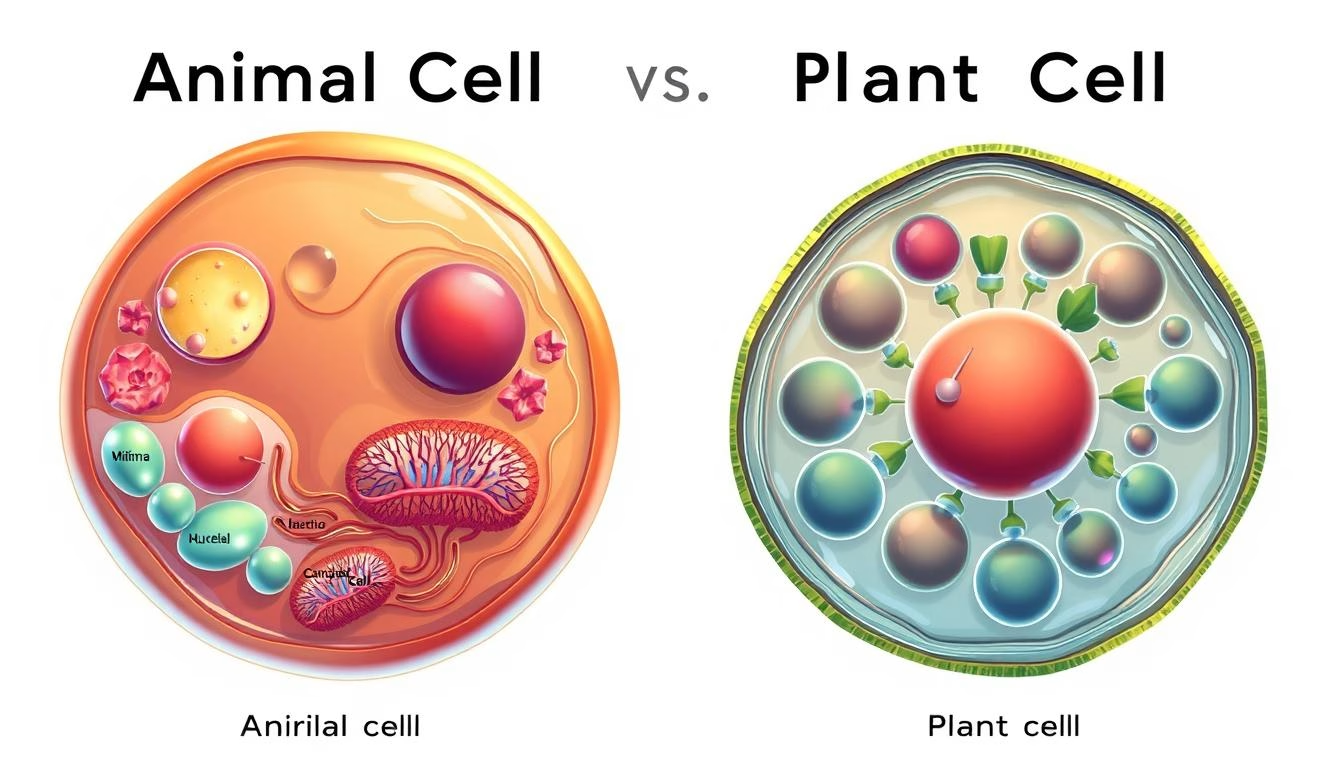Differences Betweeen
Difference Between Animal Cell and Plant cell
Understanding the differences between animal and plant cells is fundamental to grasping various biological processes. Cells are the basic units of life, and their structure and function vary significantly across different kingdoms of life. difference between animal cell and plant cell Cells are the building blocks of life, and knowing how animal cells and plant cells differ is crucial for understanding how organisms grow, respond to their environment, and reproduce. Key Takeaways Cellular Foundations: The Building Blocks of Life Understanding cells is crucial to understanding life itself, as they are the basic structural and functional units of living organisms. Cells are the microscopic entities that drive the machinery of life, from simple bacteria to complex multicellular organisms. What Are Cells? Cells are the smallest units of life that can replicate independently, and are often referred to as the “building blocks of life.” They are enclosed by a cell membrane and contain various organelles that perform specific functions necessary for the cell’s survival and operation. The Fundamental Role of Cells in Living Organisms Cells play a crucial role in living organisms, serving as the basic units of both structure and function. They are responsible for a wide range of biological processes, including metabolism, DNA replication, and response to stimuli. Eukaryotic vs. Prokaryotic Cells Cells can be broadly classified into two types: eukaryotic and prokaryotic. Eukaryotic cells, which include those of animals, plants, fungi, and protists, are characterized by the presence of a nucleus and other membrane-bound organelles. Prokaryotic cells, such as bacteria, lack a nucleus and other complex organelles.…






